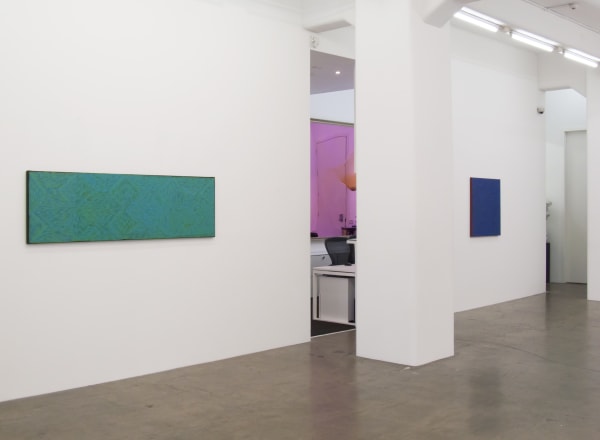Paintings: George ‘Hairbrush’ Tjungurrayi
George ‘Hairbrush’ Tjungurrayi (b. circa 1947) is a celebrated Aboriginal painter. Made up of shades of colour and optical lines, Tjungurrayi’s paintings are based on the “Dreaming” – the stories owned by different Aboriginal tribes and their members that explain the creation of life, people and animals. George predominantly conveys aspects of “Tingari Dreaming”, the sacred ancestral journeys of men and women who travelled throughout the country and shaped the landscape. His works refer to sacred sites located in his ancestral country including his homelands Wala Wala, Kiwikurra, Lake Mackay and Kintore.
In a purely aesthetic sense they exhibit a fascinating visceral quality and an unbridled sophistication in mark making, pattern and composition that, for a Western audience, can also be understood in terms of Abstract or Expressionist Art.
Tjungurrayi lived a traditional childhood in the Kintore community in remote North West Australia and moved to the Papunya community as a young adult. It was here in the 1970s that, in the face of radical government policies that subverted indigenous rights, the Papunya artist movement was born and brought Aboriginal art to world attention. The collective of artists painted styles traditionally rendered in sand or for body adornment, in western media and began to show the world Aboriginal art and their worldview.
Tjungurrayi worked initially as an apprentice to more senior artists in the movement, and started painting in his own right in 1976. His first solo exhibition was in 1996. He is now well-established in the Indigenous and Australian Art world. He was a finalist in the Art Gallery NSW Wynne Prize (2007) and in 2003 was voted one of the “50 Most Collectable artists” buy the Australian Art Collector magazine.









